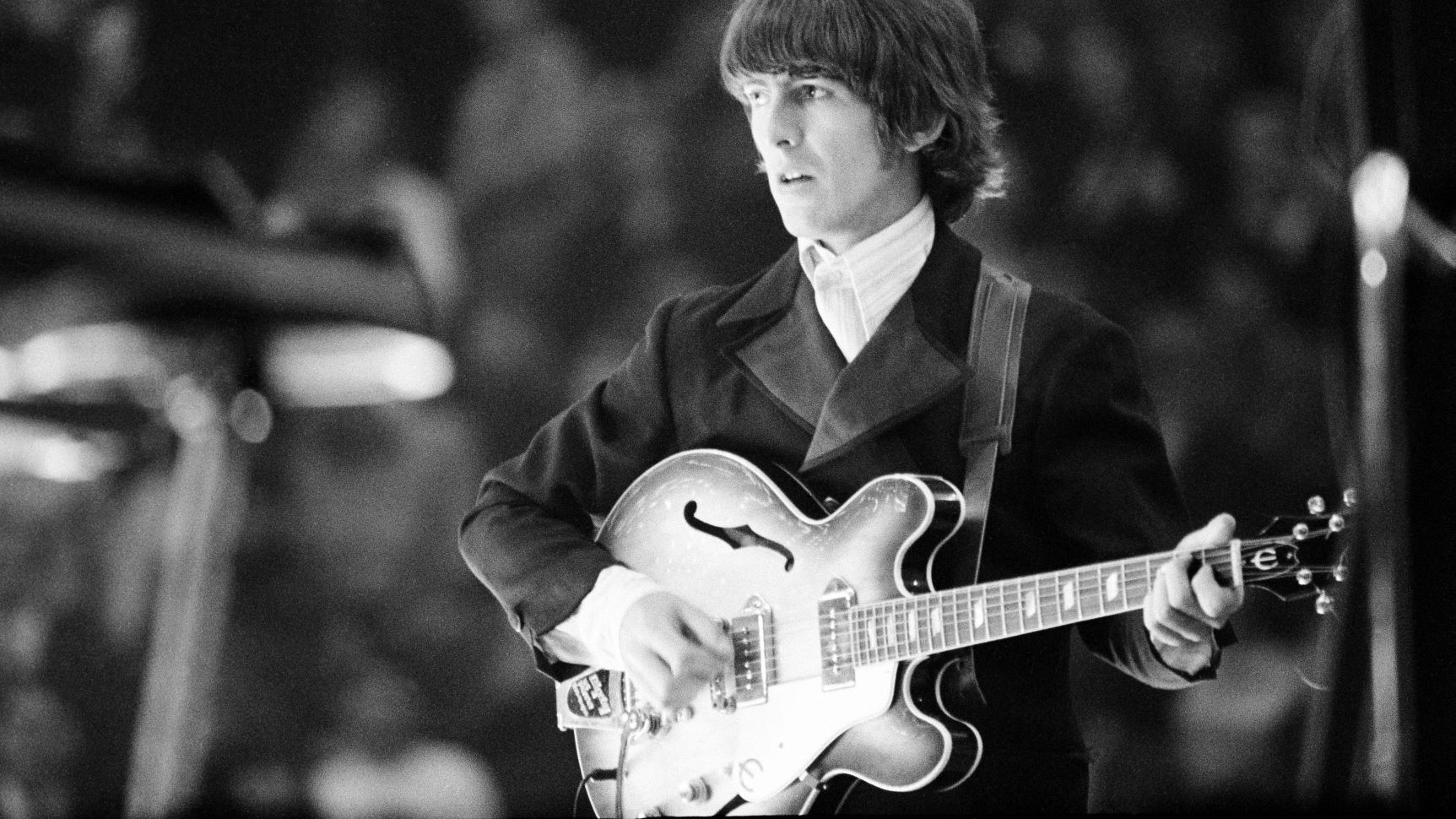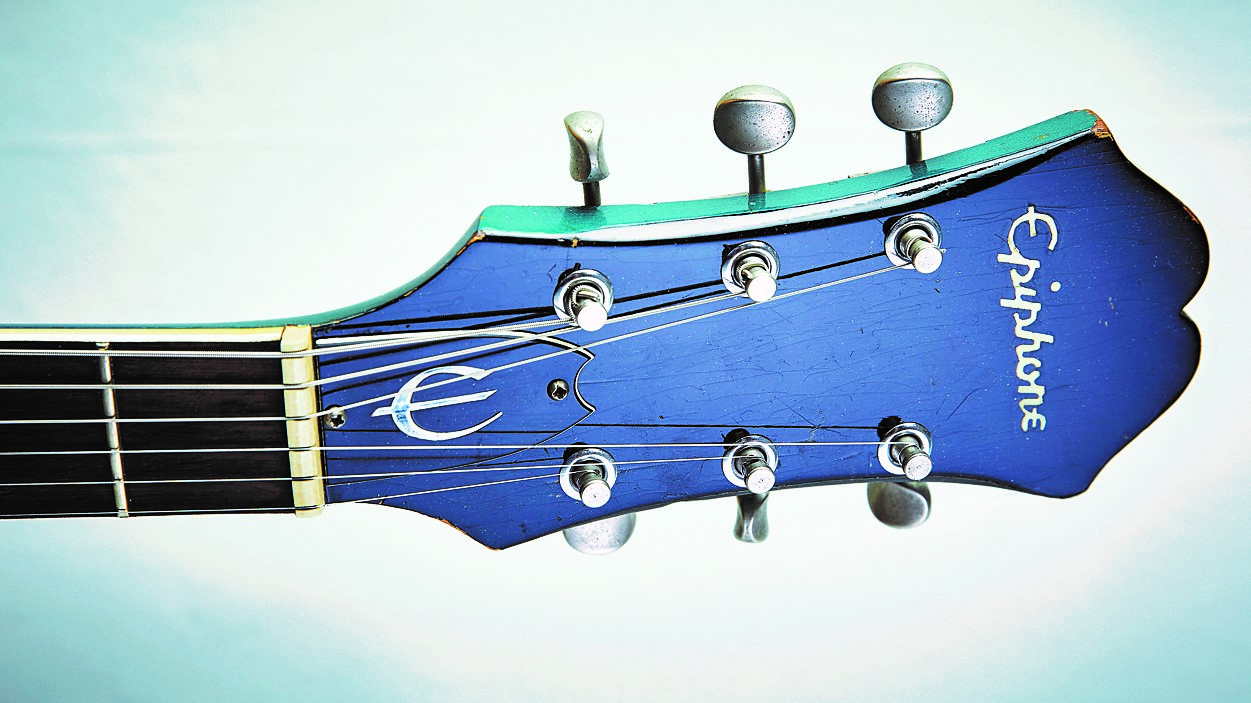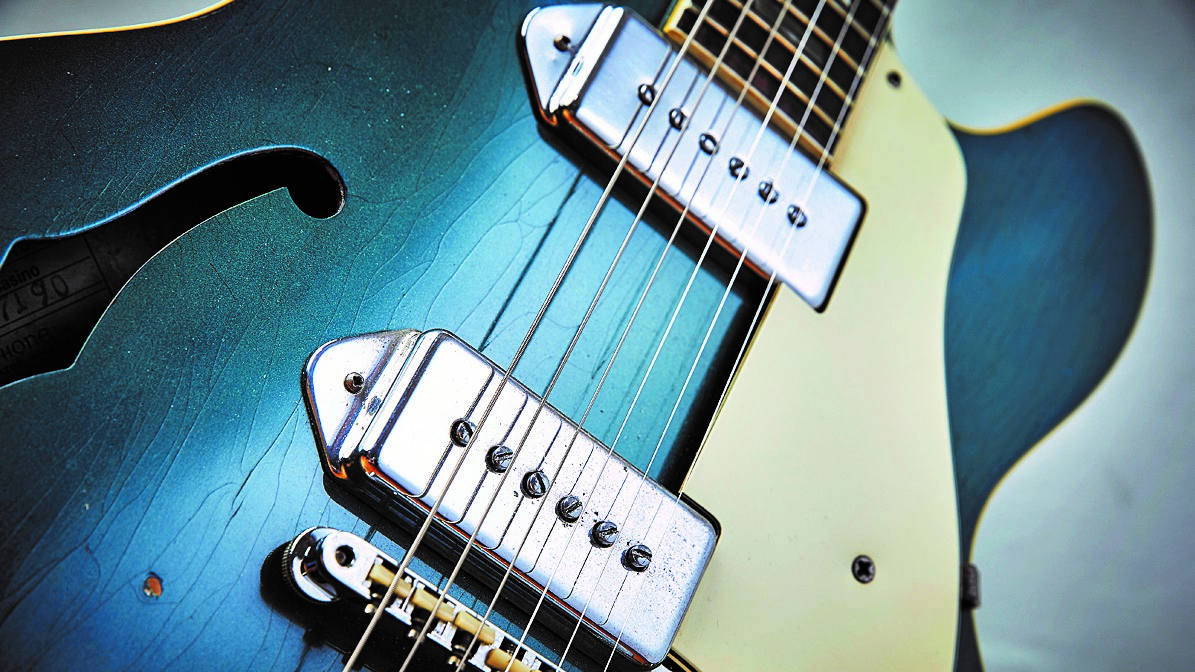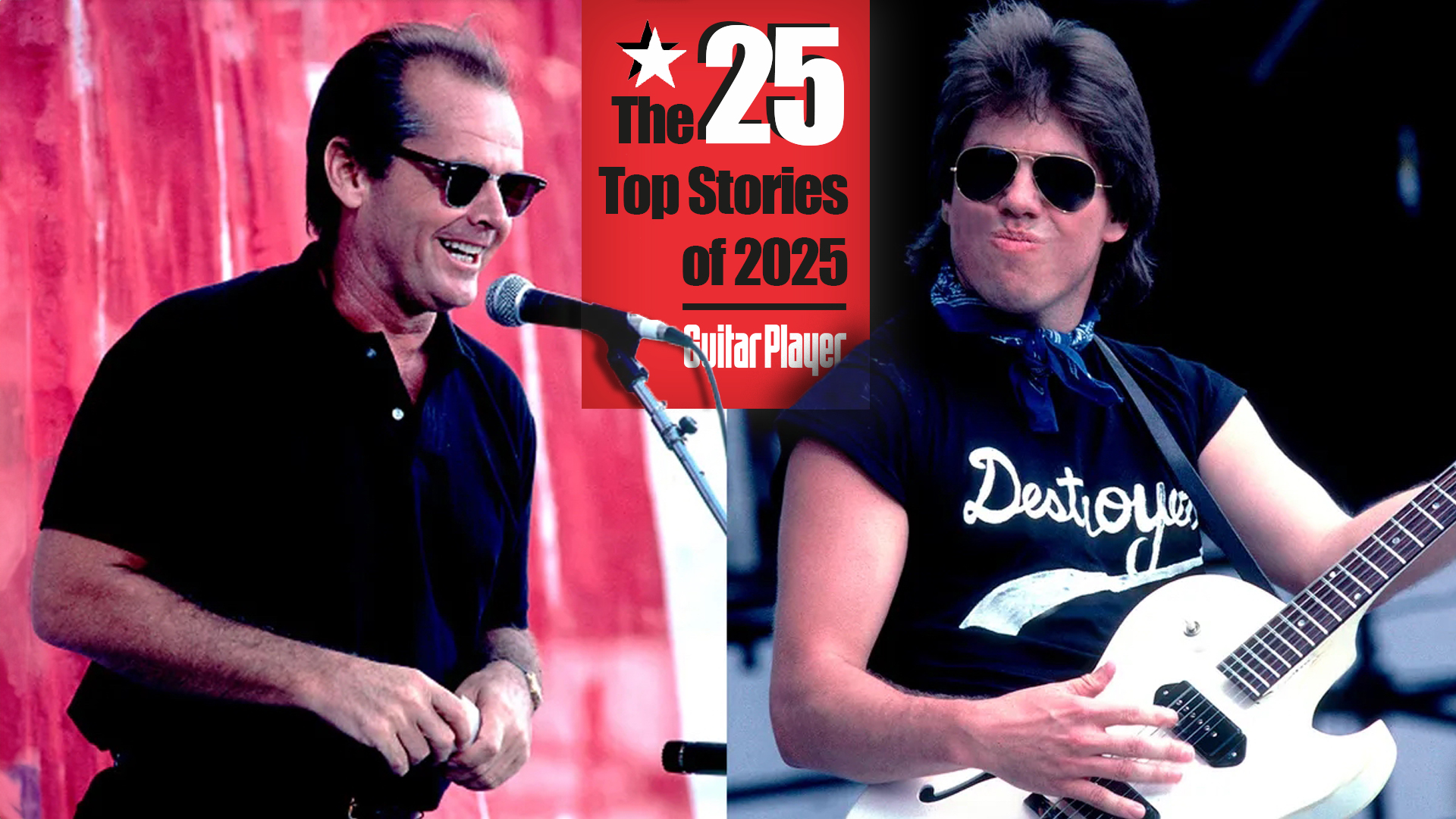The Casino: Epiphone’s Iconic Beatles Guitar
All you need to know about John, Paul and George’s Epi of choice.

Epiphone was often seen as the redheaded stepchild after Gibson acquired the company in 1957. However, one Epi electric guitar has always outgunned its parallel model from the sibling brand, both for popularity and for street cred: the Casino.
Ever since its arrival in the early 1960s, the Epiphone Casino has been hipper and more successful than the Gibson ES-330, which features the same design and construction. Three names easily explain that phenomenon: John, Paul and George.
Paul McCartney was the first Beatle to acquire a Casino, a ’62 model he purchased in late 1964. Soon after, Lennon and Harrison bought Casinos of their own. The three Beatles guitarists used these Epiphone thinlines for a significant proportion of their time in the studio.
Given that just about everything the Fab Four touched turned to gold, it’s not surprising that the Casino dominated Gibson’s ES-330, a popular guitar in its own right, but one that never quite attained the Casino’s iconic status.

Aside from their headstocks, small parallelogram block fretboard inlays and a few particulars regarding appointments and other minor construction details, the Casino and ES-330 are very much alike.
Both are fully hollowbody electric guitars (rather than semi-hollows, like the Gibson ES-335), and feature no solid wood within their bodies, other than the thin parallel braces that support the guitar’s top. It’s also notable that the Casino/ES-330 had its neck-to-body joint at the 16th fret, rather than further toward the end of the fingerboard, as on the Gibson ES-335.
This construction, with laminated maple top, back and sides, makes for a lively instrument with much of the bite and attack of a semi-acoustic electric, and some of the warmth and depth of a bigger archtop jazz-box.
All the latest guitar news, interviews, lessons, reviews, deals and more, direct to your inbox!

This resonant acoustic foundation is complemented by a pair of P-90 single-coil pickups, with their archetypal thick, rich, yet slightly gnarly and biting sound. A good Casino delivers plenty of sonic complexity and can segue seamlessly from sweet pop to throaty jazz (Grant Green used an ES-330 for much of his seminal work) to raw rock and roll.
For what it can do in the latter genre, check out McCartney’s lead-guitar riffs and fills on the Beatles’ “Ticket to Ride,” “Taxman” and “Good Morning, Good Morning.” Lennon and Harrison, for their parts, stripped the finishes off their Casinos in early 1968 after Donovan told them it would improve the guitars’ tone. Although Harrison rarely played his Epiphone by this time, Lennon continued to use his, and it can be distinctly heard in the heavily fuzzed intro to the single “Revolution” and on his lead fills in “Get Back.”
While the thinline Casino isn’t as prone to feedback as a full-depth archtop electric, it will definitely howl if you stand too close to a loud amp. But that can also be part of its charm, and many players have used that hovering, wail-at-will capability as a creative tool in and of itself – something that can help make up for the guitar’s inherent lack of natural sustain, given the absence of a solid center block.
Beatles aside, Casinos have landed in the hands of several other well-respected players from the ’60s to today, and have been bent toward all kinds of music making. Both Keith Richards and Brian Jones of the Rolling Stones played these Epi thinlines for a time, and indie-rocker Matthew Sweet and alt-country artists Steve Earle and Dwight Yoakam have all played reissue Casinos, as has formidable blues-rocker Gary Clark Jr.
Try to name another original Epiphone electric model that has had as much crossover success!

Essential Ingredients
- Fully hollow thinline body with sunburst finish
- Double-cutaway styling, laminated-maple construction
- Glued-in mahogany neck with rosewood fretboard
- Kluson tuners on a narrow Epiphone headstock
- Two single-coil P-90 pickups with chrome covers
- ABR-1 Tune-o-matic bridge
Click here to check out the awesome range of Epiphone Casinos available now at Guitar Center.
Dave Hunter is a writer and consulting editor for Guitar Player magazine. His prolific output as author includes Fender 75 Years, The Guitar Amp Handbook, The British Amp Invasion, Ultimate Star Guitars, Guitar Effects Pedals, The Guitar Pickup Handbook, The Fender Telecaster and several other titles. Hunter is a former editor of The Guitar Magazine (UK), and a contributor to Vintage Guitar, Premier Guitar, The Connoisseur and other publications. A contributing essayist to the United States Library of Congress National Recording Preservation Board’s Permanent Archive, he lives in Kittery, ME, with his wife and their two children and fronts the bands A Different Engine and The Stereo Field.

